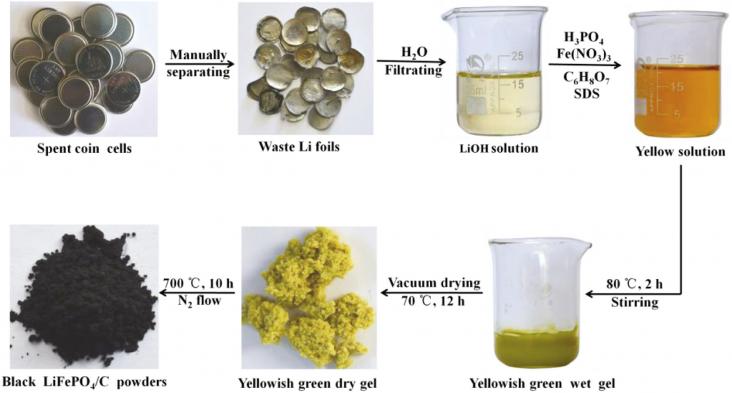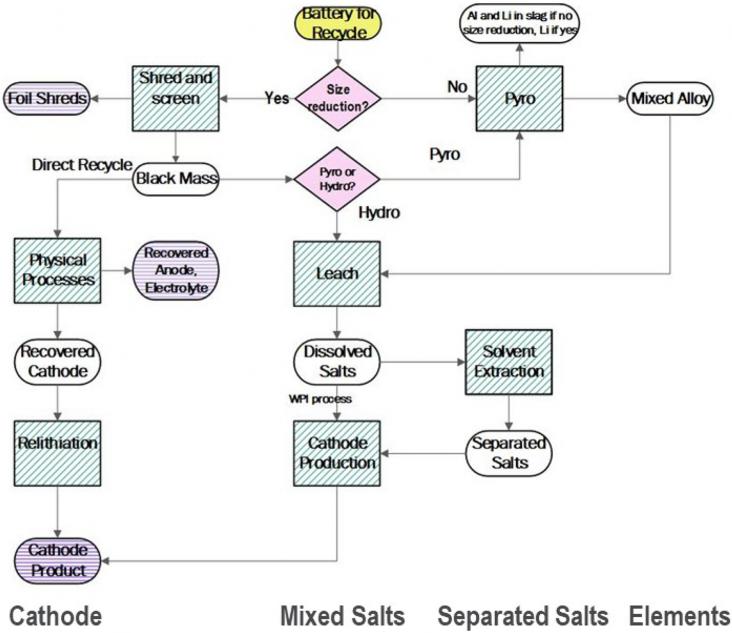
Waste Li foils in the spent experimental Li-coin-cells may bring the potential risk and the waste of Li-resource if they aren't reasonably treated in time.
An ability to separate battery electrode materials while preserving functional integrity is essential to close the loop of material use in lithium-ion batteries.

There is a need to develop technology to enable a resource-efficient and economically feasible recycling system for lithium-ion batteries and thus assure the future supply of the component material
John A. Gladysz is a Distinguished Professor of Chemistry at Texas A&M University, where he holds the Dow Chair in Chemical Invention.
This study proposes that the choice of strategy should depend on the nature of the hazard, the existing national food control system, and the availability of the relevant international standard.
This paper contributes to the understanding of metal demand development over time by illustrating the impacts of different aspects of technological change using historical data.
Sensing volatile organic compounds (VOC) is a promising approach in particular for the development of non-invasive, fast and inexpensive tool for the anticipated diagnostic of diseases and monitoring
As an extension of a previous work (Chen and Han, 2015a), this study explored the arable land use of the world economy from source of exploitation to sink of final consumption via the global supply ch
Food waste is a matter intrinsically linked with the growing challenges of food security, resource and environmental sustainability, and climate change.
Evaluations of food, energy and water (FEW) linkages are rapidly emerging in contemporary nexus studies.
